6 of the Very Best Foods for Reducing Belly Fat
Here's exactly what to put on your plate to trim your middle.
By Emma Haak
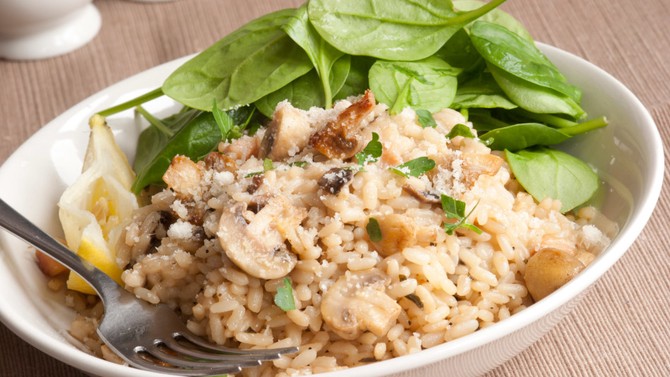
Photo: martinturzak /istockphoto
Brown Rice
What's in it: Whole grains
The belly-fat connection: People who reported eating three or more servings of whole grains per day had 10 percent less visceral adipose tissue (aka belly fat) than those whose diets included very few whole grains. (The study was published in The American Journal of Clinical Nutrition and counted one piece of whole grain bread or 1/2 cup of oatmeal as a serving of whole grains.) The catch? Whole grain intake didn't make any difference in belly fat if people were also eating four or more servings of refined grains per day (think anything made with white flour, and one piece of whole bread or 1/2 cup of white rice is one serving.) Those who got the most belly-fat-reducing benefit from their whole grains ate less than one daily serving of the refined stuff. Which means you can't chase your cup of brown rice with three pieces of white-bread toast.
More ideas of what to eat: Look for products that say "100 percent whole wheat" or "100 percent whole grain" on the packaging, not "multigrain" or simply "whole wheat," as those often contain some refined sources.
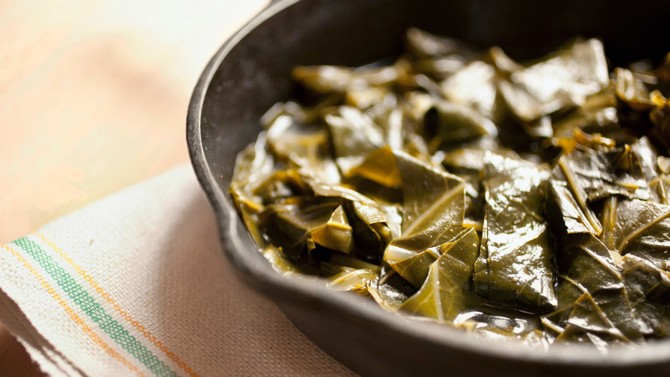
Photo: sf_foodphoto /istockphoto
Collard Greens
What's in them: Calcium
The belly-fat connection: Researchers tracked the diets and abdominal fat of more than 100 premenopausal women for one year. The years before menopause are notorious for weight gain, but the researchers found that for every 100 mg of calcium women ate per day, they gained 1 inch less of the dangerous fat deep within their bellies than women who didn't get as much calcium. It's not exactly clear why calcium seems to make a difference, but the researchers propose two ideas. First, there's some research showing that calcium helps your body use estrogen more effectively, and estrogen is linked to less fat in your abdomen. Second, high-calcium diets may lower production of cortisol, the stress hormone that's linked to belly fat.
More ideas of what to eat: Aside from the obvious sources like milk and yogurt, foods like tofu, kale and sardines are also high in calcium.
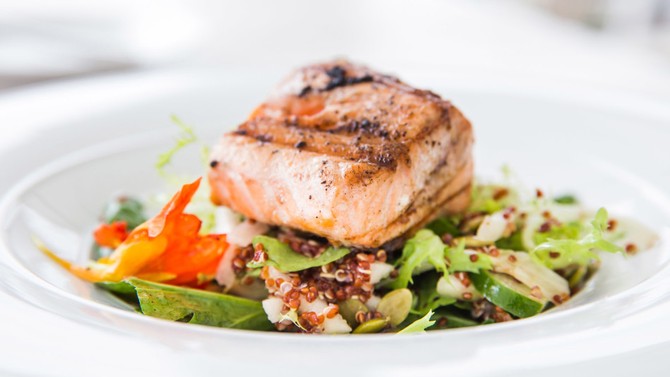
Photo: LauriPatterson /istockphoto
Salmon
What's in it: Polyunsaturated fats
The belly-fat connection: Unlike saturated fats, polyunsaturated fats don't pack on pounds around your middle. When researchers asked two groups of people to eat an extra 750 calories per day (if the researchers do a second of this study, we're signing up!) from either polyunsaturated fats or saturated fats, everyone put on some weight, but the saturated fat group gained more in the abdomen, while the polyunsaturated group's weight gain included more muscle mass. (Remember, the more muscle you have, the more calories you burn at rest. Another way to fight belly fat!) The researchers reported that while saturated fats seem to turn on genes that tell your body to store fat in your stomach area, polyunsaturated fats switch on genes in the same area that actually reduce fat storage.
More ideas of what to eat: Other fatty fish like trout, mackerel and herring.
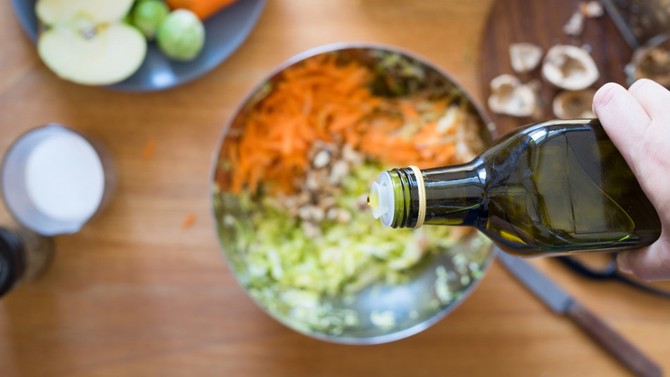
Photo: InaTs/istockphoto
Olive or Canola Oil
What's in them: Monounsaturated fats
The belly-fat connection: Adding canola oil to their diets helped people lose 1/4 pound of belly fat in four weeks, according to a study published in Obesity earlier this year. The subjects drank two smoothies per day supplemented with the oil, where the oil accounted for about 18 percent of their daily calories. By the end of the study, their blood pressure and triglyceride levels had dropped too.
More ideas of what to eat: Oils such as olive, peanut, safflower and sesame.
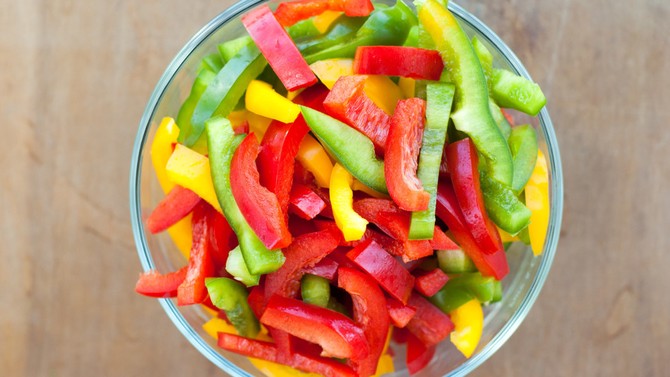
Photo: Elecstasy /istockphoto
Bell Peppers
What's in them: A wide variety of nutrients, thanks to the many colors they come in.
The belly-fat connection: Overweight young people whose diets included "nutrient-rich" vegetables (those that are dark green, orange or yellow) had 17 percent less abdominal fat than study subjects who didn't eat that type of produce, according to a study in the Journal of The Academy of Nutrition and Dietetics. (Researchers often refer to these vegetables as "nutrient-rich" because their vibrant colors mean they're high in nutrients like carotenoids and chlorophyll.) It's not clear why these deeply hued veggies may contribute to less belly fat (they're also high in fiber, which may play a role), but more reason to eat your vegetables isn't a bad thing.
More ideas of what to eat: Any vegetables with green, orange or yellow coloring should be on your grocery list, like Brussels sprouts, carrots, sweet potatoes and squash.
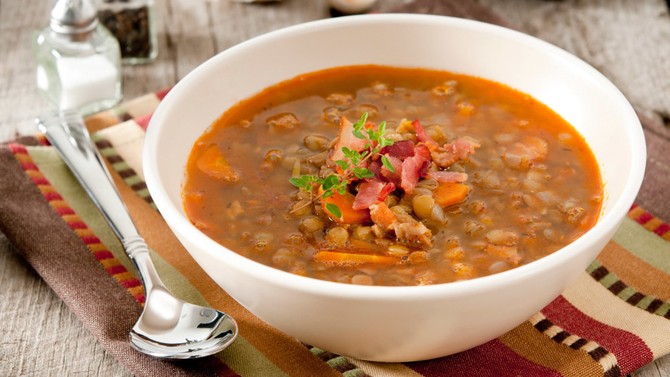
Photo: cobraphoto /istockphoto
Lentils
What's in them: Soluble fiber
The belly-fat connection: For every additional 10 grams of soluble fiber (which legumes like lentils have a lot of) people ate per day, they gained 3.7 percent less visceral fat over five years. When they threw some moderate exercise into their routines, they kept off twice as much belly fat as those who didn't break a sweat.
More ideas of what to eat: In addition to legumes, load up on fruits, vegetables, seeds and whole grains—they're also high in soluble fiber. If you need some ideas, check out our list of 15 fiber-rich foods for a happier stomach.
Want more stories like this delivered to your inbox? Sign up for the Oprah.com Healthy Body Newsletter!
Published 01/11/2016

